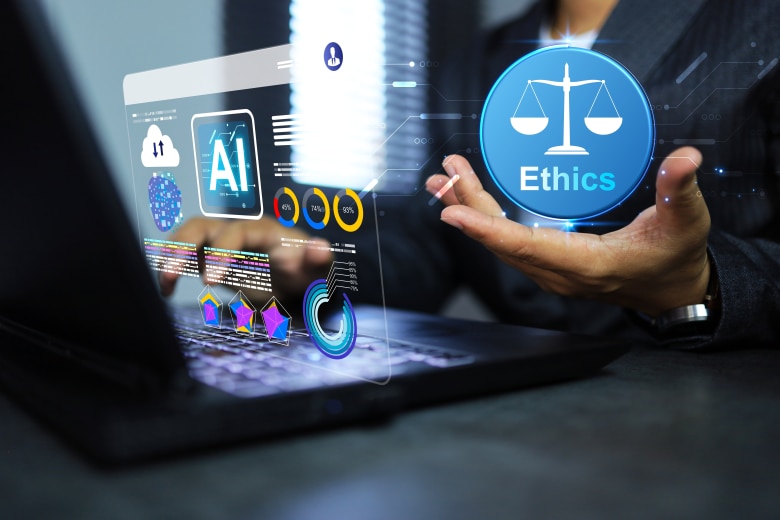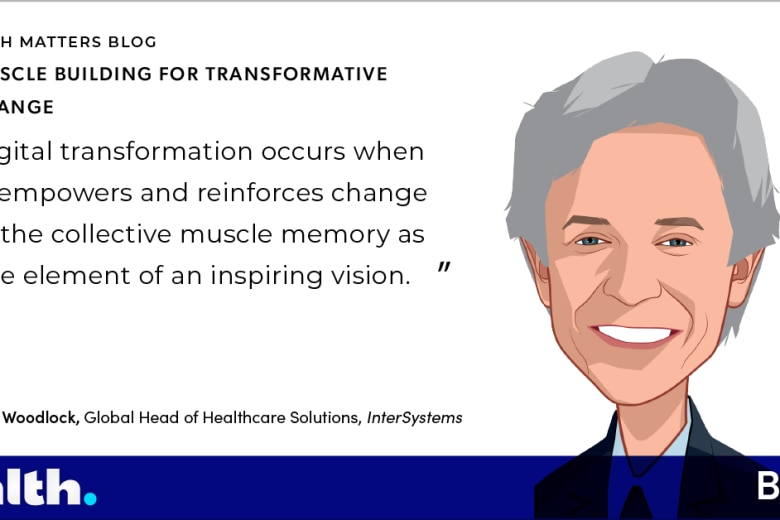By Mark Friess, CEO, WelVU
Part 1 of this blog explored the factors behind the expanding chasm in patient education. Part 2 will look at how healthcare organizations are taking actions to shrink the patient education gap.
Organizations from small medical offices to large health systems are adopting beliefs and taking actions to make the patient education chasm smaller. The first factor that is narrowing the gap is a vision for how patient education can change.
During a recent focus group discussion, I asked care providers to describe their ideal patient education experience. With sticky notes in hand, they wrote down terms like understanding, visual, clear, in adequate time, compassionate, focused, in the moment, interactive, a dialog not a lecture, involving family, and ultimately repeatable across patients. Many of the providers gave testimony that they find education time with patients very rewarding and an important element to a patient’s compliance with care plans and overall satisfaction.
The second factor for shrinking the patient education chasm is extending education beyond the care setting. In research done by our team at WelVU, we have concluded that some of the most important moments to influence patients pass by quietly, quickly, and completely unrecognized. In fact, between 50% and 70% of these key moments of influence -- before, during, and after a live patient care encounter -- pass by unleveraged.
Organizations are looking for additional moments to influence, using technologies and techniques to have their voices heard by patients during moments outside of their traditional care settings, they are beginning to measure how valuable patient educational nurturing can be to patient satisfaction, managing risk, and even health outcomes.
Shrinking the patient education chasm is possible.
For the first time, I’m seeing organizations defining their own patient education protocols and care plans that deliver contextual, multimedia education to patients over the course of weeks or months. They are leveraging clinical data, healthcare portals, and multimedia patient education technologies to change the way they are providing patient education, closing the patient education chasm to the benefit of both staff and patients.
The biggest mistake we can all make is to do nothing. Relying on our current methods and current constraints will widen and continue to dredge the patient education chasm deeper. However, if we take action, patients will begin to see how information delivered to them in the right ways, at the right times, and from their trusted healthcare providers will equip them to make better healthcare decisions and ultimately be healthier and happier. That is an outcome worthy of our best efforts to close the patient education chasm.
Mark Freiss

Mark Friess is the founder and CEO of WelVU, an InterSystems Application Partner. WelVU is the first multimedia patient education company to leverage personal clinical data, smart visual content, and the trusted words of a healthcare provider to help health systems and medical practices create the next generation of patient education experiences.




































